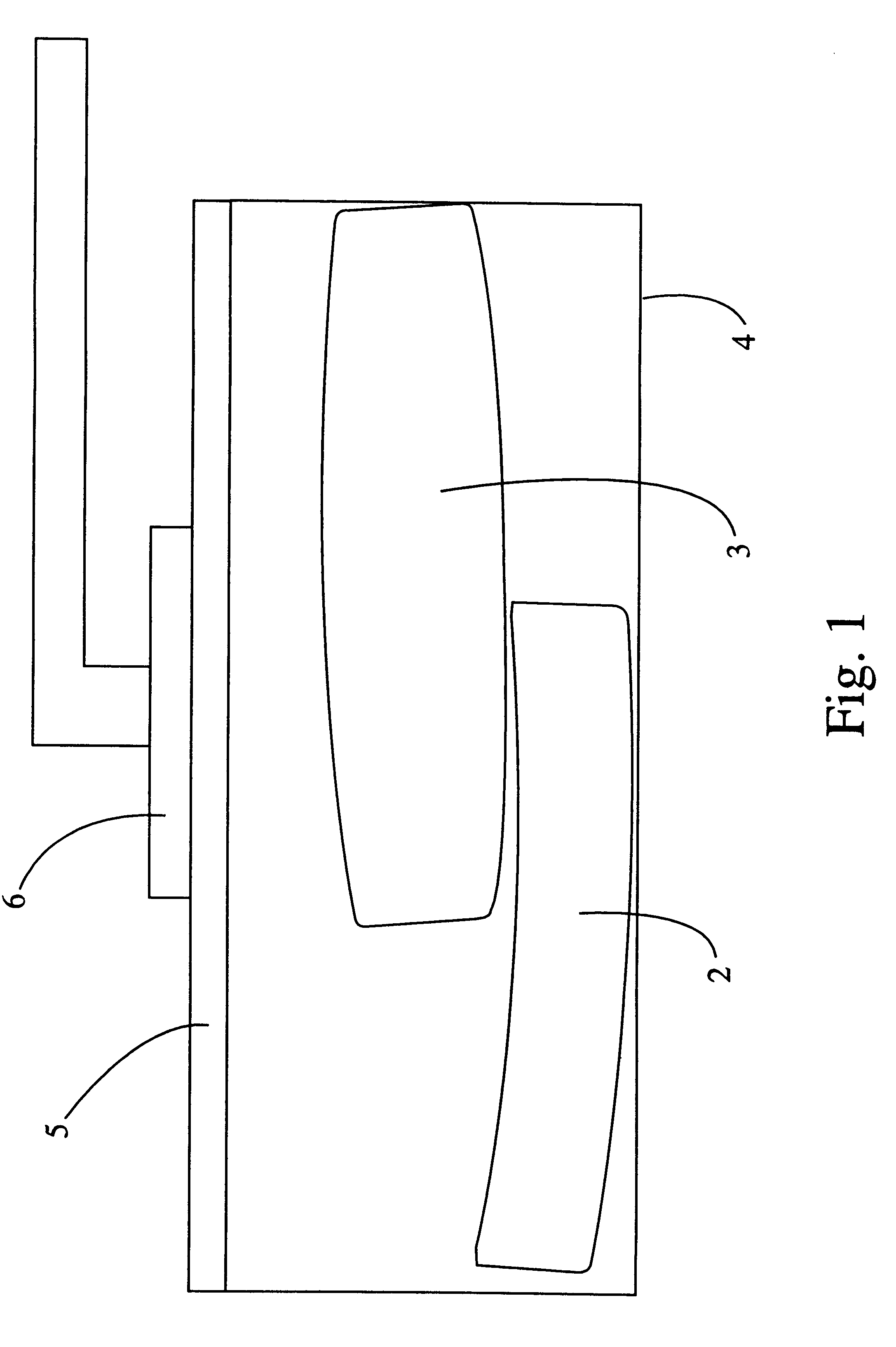Milling and pulverising apparatus and method
a pulverising apparatus and pulverising technology, applied in the field of pulverising apparatus, can solve the problems of large quantities of sample to be sampled, disadvantages of operators, and ring mills can only process small amounts of sample, and achieve the effects of increasing the efficiency of pulverizing apparatus, reducing the capacity of pulverising bowl, and greatly increasing the surface area of pulverising
- Summary
- Abstract
- Description
- Claims
- Application Information
AI Technical Summary
Benefits of technology
Problems solved by technology
Method used
Image
Examples
Embodiment Construction
FIG. 1 illustrates a schematic view of the pulverising apparatus 1.
Pulverising apparatus 1 includes pulverising weights, in this embodiment pulverising discus 2 and pulverising discus 3.
Pulverising discus 3 is positioned on top of pulverising discus 2, with both discs being oriented substantially horizontally with respect to the pulverising apparatus 1.
Pulverising discs 2 and 3 are configured so that the adjacent sides of each discus are matching surfaces. As shown in FIG. 1 and FIG. 2 pulverising discus 2 has an upper concave curved surface, while pulverising discus 3 has a lower convex curved surface, which fits easily into the top surface of pulverising discus 2.
The upper surface of pulverising discus 3 is shaped as a convex curve. This allows any material present of the top surface of pulverising discus 3 to roll off the top of the pulverising discus back down into the centre and bottom of the pulverising bowl 4.
Both pulverising discs 2 and 3 are located within the pulverising r...
PUM
 Login to View More
Login to View More Abstract
Description
Claims
Application Information
 Login to View More
Login to View More - R&D
- Intellectual Property
- Life Sciences
- Materials
- Tech Scout
- Unparalleled Data Quality
- Higher Quality Content
- 60% Fewer Hallucinations
Browse by: Latest US Patents, China's latest patents, Technical Efficacy Thesaurus, Application Domain, Technology Topic, Popular Technical Reports.
© 2025 PatSnap. All rights reserved.Legal|Privacy policy|Modern Slavery Act Transparency Statement|Sitemap|About US| Contact US: help@patsnap.com


